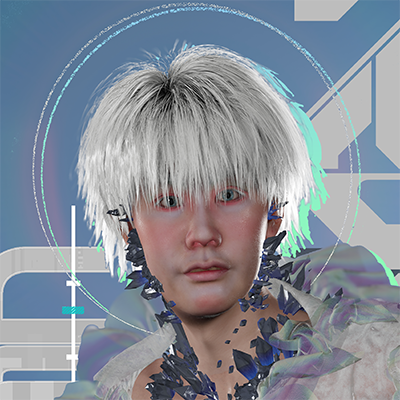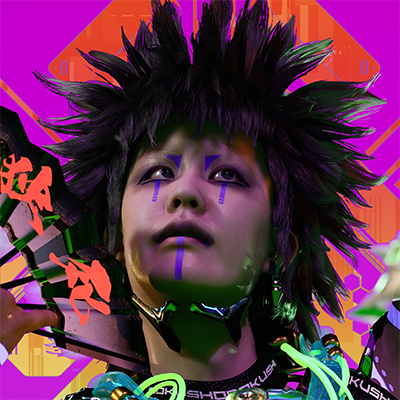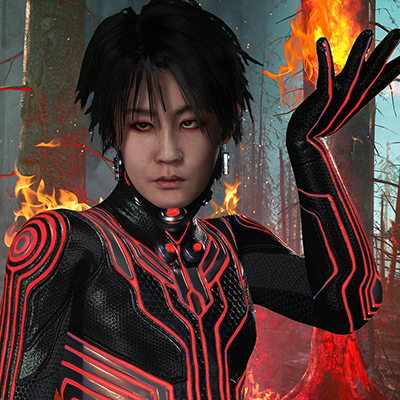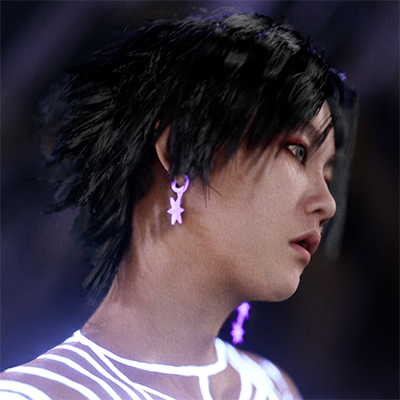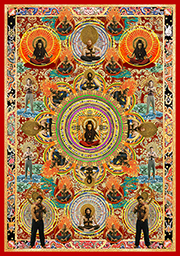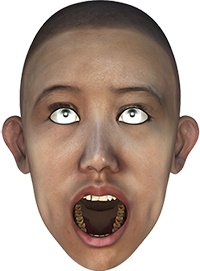 http://oncenturyavenue.org/2016/11/on-lu-yangs-delusional-crime-and-punishment/
http://oncenturyavenue.org/2016/11/on-lu-yangs-delusional-crime-and-punishment/
oncenturyavenue.org/2016/11/on-lu-yangs-delusional-crime-and-punishment/
On Oct. 17, the NYU Shanghai art gallery reopened with its loudest and most graphic display yet, Chinese artist Lu Yang’sLuYang Delusional Crime and Punishment. The exhibit consists of a large “wheel of misfortune” depicting various images of hell and torture, tapestries and three video installations. Lu Yang’s use of graphic imagery and booming club music has been met with mixed reviews on campus.
Speaking personally, I was very drawn to her work. The inspiration behind it springs forth from two fundamental questions: the origin of human life and the moral reasoning behind crime and punishment. Considering this, she muses on the idea of hell and its basis on physical pain. According to the gallery write up, “if hell is by definition a spatial entity in an afterlife beyond our metaphysical dimension, then how can corporeal experience be its rule of governance?” This is significant because it reveals hell to be an institution invented by those in power to essentially increase their own power.
This, however, is not Lu Yang’s ultimate message; it is merely an observation. As in much of her work she pulls from the disciplines of psychology and neuroscience to truly develop her investigations. Thus, alongside her video-game-like depictions of torture she attaches a detached and almost cold narration discussing the composition of the brain, the transfer of pain through the nervous system, various religious themes and much more. This leaves us to consider the questions she finds interesting. What is the connection between consciousness and the body? If the feeling of pain is produced by the brain, can we build a hell independent of the body? This too exposes another idea, which is the “cold randomness” scientific disciplines offer to existential questions.
Yes, the exhibit is loud and disturbing, but that is the point. It is chock full of incredibly interesting visuals and ideas. New media and its ties to themes in psychology, mechanization and ethics is the art of our time because it reflects the questions of our time. The exhibit will stay open until Nov. 17, if you have not spent at least thirty minutes absorbing it, I highly recommend it.



